- News
- Reviews
- Bikes
- Components
- Bar tape & grips
- Bottom brackets
- Brake & gear cables
- Brake & STI levers
- Brake pads & spares
- Brakes
- Cassettes & freewheels
- Chains
- Chainsets & chainrings
- Derailleurs - front
- Derailleurs - rear
- Forks
- Gear levers & shifters
- Groupsets
- Handlebars & extensions
- Headsets
- Hubs
- Inner tubes
- Pedals
- Quick releases & skewers
- Saddles
- Seatposts
- Stems
- Wheels
- Tyres
- Tubeless valves
- Accessories
- Accessories - misc
- Computer mounts
- Bags
- Bar ends
- Bike bags & cases
- Bottle cages
- Bottles
- Cameras
- Car racks
- Child seats
- Computers
- Glasses
- GPS units
- Helmets
- Lights - front
- Lights - rear
- Lights - sets
- Locks
- Mirrors
- Mudguards
- Racks
- Pumps & CO2 inflators
- Puncture kits
- Reflectives
- Smart watches
- Stands and racks
- Trailers
- Clothing
- Health, fitness and nutrition
- Tools and workshop
- Miscellaneous
- Buyers Guides
- Features
- Forum
- Recommends
- Podcast
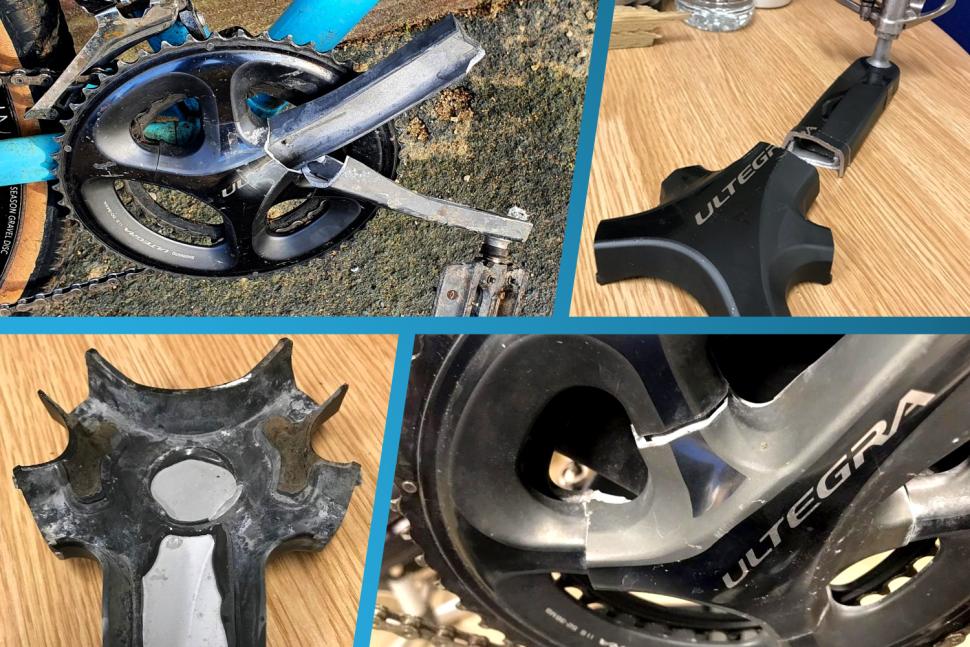 Investigating Shimano’s snapping cranksets Sept 2023
Investigating Shimano’s snapping cranksets Sept 2023"Banned" bike shop claims Shimano won't let it inspect Hollowtech cranksets as part of "inspection and replacement" programme due to failing 100% of them
One year on from Shimano announcing a voluntary inspection and replacement recall of Hollowtech cranks, a UK-based bike shop has claimed it has been "banned" from the inspection programme after the components giant's main UK distributor took issue with its policy of sending all cranks back to the manufacturer due to safety concerns.
Few were surprised when Shimano finally acknowledged the issue last September, cyclists having reported cracks and delamination on 11-speed road cranksets for years. However, in Europe and the UK, to the frustration of many, including one lawyer from Leigh Day that we spoke to, Shimano opted for issuing an "inspection and replacement program" rather than a full product recall.
This meant bike shops were tasked with inspecting customers' cranks, documenting any issues and, if found, sending concerning cranksets back to Shimano for replacement. There have been numerous issues with this process cited in the past 12 months, from legal fears over liability in case of incidents, through to questioning whether Shimano should instead be recalling all relevant cranksets regardless of present damage.
Now, however, another talking point has been raised as Mapdec Cycle Works, a Lake District-based bike shop that also uploads to its YouTube channel, has claimed it was "banned" from the inspection programme after revealing it is sending all cranks back to Shimano.
The shop's owner and founder Paul Vousden posted a video last week in which he suggested that for all Shimano cranks included in the recall which are brought in by customers, "We don't bother inspecting them, we just ship them back, it seems to be the industry norm on all the bike and mechanic forums that we follow, they all just say just ship them back, get a new set."
This seemingly did not go down well, Shimano's UK distributor Madison contacting the bike shop to say they are now on a 'banned list' and will not be paid the £35 that shops are given for each crank inspection.
"Shimano took a little bit of offence to that," Vousden said in a subsequent video uploaded to YouTube. "We got a phone call from Madison who had apparently spoken to Shimano and they asked us to take the video down, which we haven't done, and they said that we are adding you to the banned list, which means that we can no longer administer their crank inspection and replacement programme."
The Mapdec owner also clarified that, despite his comments in the previous video, the shop was inspecting cranks as per Shimano's requirements, and confirmed his business will still be supplied with Shimano stock, the 'ban' relating to them not being able to receive the £35 reimbursement for crank inspections that the components giant is offering to bike shops.
"The interesting thing for me was there is a list of banned shops, I didn't realise that," Vousden said. "The guy was like 'we are adding you to the list of banned shops'... how many people are on this list? The reason I'm concerned about that is that they are judging shops on their pass and fail rate. Because we had a one hundred per cent fail rate we've been banned."
Vousden told us he had not been given the names of any other 'banned' bike shops, while Shimano and Madison also opted against commenting when approached ahead of this story's publication.
Mapdec's owner continued: "We do inspect them, even though I said we don't inspect them. We do, we have to because in order to send them away to Shimano we have to take them apart, we have to clean them, we have to fill in this form, and on this form we have to take pictures at the back, the side, the front etc and show that we have actually cleaned it and done the inspection.
"But, it asks us, inspection passed or failed? There's no in between. It's a pass or a fail, so our policy has always been if it's clearly failed, it's obvious, it's a fail. But we would never write the word 'pass', we would always write something like 'customer reports creaking, customer not happy with the pass, unsure, please check'. So we thought that we'd send them off to Shimano and Shimano would then offer a second opinion.
"They didn't do that apparently, according to the guy at Shimano. We were just shipping them, we naturally thought that surely if we put some comment they have got to do some extra checks that we're not capable of doing or they have some more insights and processes, but the process clearly has been they've just been sending them [replacements] out.
"Shimano never ever sent one of these [inspected customers' cranks] back to us [...] it never happened, they always sent out a replacement, so that's what we did, that was our policy. I've always always put our customers first and I've never thought I'm going to be on the side of Shimano here."
As per the 36-page dealer's manual for the crankset inspection method, mechanics are required to undertake a process of inspecting and cleaning. The recall of last September is for 11-speed Hollowtech II road cranksets that were produced between 1 June 2012 and 30 June 2019, and covers the model numbers: Ultegra FC-6800 and FC-R8000, and Dura-Ace FC-9000, FC-R9100, and FC-R9100-P.
Once a relevant crankset has been identified, bike shops are asked to complete an inspection with the crank arm installed, looking for "cracks or gaps" in the indicated area or listening out for "abnormal noise".
With the crankset and chainrings now removed from the bike, mechanics are asked to clean it by following multiple pages of instructions included in the manual.
Then, an inspection of the removed crankset is required, again, bike shops told to look for "issues such as cracks or gaps in the crank arm" and areas indicated in the manual. If found, "immediately stop use and replace the target product", it concludes, suggesting that if no issues are found the chainrings and crankset can be reinstalled and continue to be used.
One concern that has been raised by the inspection process is the fear of riders whose cranks may appear fine at the time of inspection, but eventually fail. This is a topic that has been widely discussed online, one forum post on the topic asking: "As a local bike shop, is there any benefit in 'passing' a Shimano crank that's being inspected under recall?
"We're not material experts and even if we're sure it's okay it could fail in a short space of time. I doubt there would be any liability on the shop, but there could still be reputational impacts with some customers (you said it was fine but it still broke). Surely it's better just to send it back, the customer gets a new part with fitting and the shop doesn't have any negatives? Worst case Shimano examine it and send it back, in that case you have followed their guidance and if it fails then the emphasis is all on Shimano and their checker."
Likewise, in Mapdec's video, the second speaker explains that exact scenario happened to him, his crankset passed at the beginning of the recall only to fail during an effort not long after.
"We see comments now on our videos on this point, basically saying: 'Okay, you've checked it, what's to say it's not going to fail tomorrow or next week? What gives me the confidence to keep riding knowing that this will hold up and not fail on?'," they asked.
Madison did not comment on why Mapdec will no longer be paid for inspections, but the bike shop's video suggests it believes it was its 100 per cent fail rate that caused it.
A quick look on online forums suggests the fail rate experienced in inspections at other bike shops varies, especially between climates. Hotter, drier locations seemingly fail fewer cranks than wetter locations like the UK.
Echoing Mapdec's stance, one comment on a relevant thread says: "My shop wants no liability for this, so customers can send it in when they want, but we are warning all of them that unless Shimano says they are safe, they are unsafe. We've sent 12 cranks in, saying all have failed. All 12 have been replaced."
Incidentally, Mapdec says it will continue to inspect and document crank inspections if requested by customers, doing the work and completing the form, but will ask riders to take it to another shop to send back to Shimano.
"Our policy was always we don't want to be the one that says this is a pass, we always thought that, even though Shimano gave a liability release, that liability release in our mind wasn't strong enough," Vousden said. "Also we had customers coming up to us and saying: 'Well how do I know it's safe?' They'd come back the week later and say: 'Can you inspect it again it's still creaking? I'm not convinced this is not going to fail... I want a new one, I'm just going to keep coming back every week until you fail it'.
"The way I've played through it in my mind is let's say you weren't a director of the business and you had a nasty accident and broke your pelvis or something like that and you couldn't work, you would call a solicitor and try to seek compensation. I think that solicitor would very quickly identify there are two places to source compensation, from Mapdec — we inspected it, we said it was safe and we would be the last person to have touched — and Shimano.
"That claim would come into me, I would say: 'Hey, I've got a liability release from Shimano, this is part of a crank recall'. But even if that played out, it is still a load of time and effort and stress and I've got better things to do than fight out a case... we're busy enough as it is, I don't need to be in communication with insurance companies and solicitors and doing this, even if it turned out I could just shift everything to Shimano.
"I'm really proud of our stance, I will always put my customers first and I always think so long as I have customers I'll have suppliers. We've not been banned from supplying Shimano, they were absolutely clear on that. We can still do inspections, we are just not going to be paid for it."
On the legal concerns, last year we spoke to Leigh Day partner Thomas Jervis in an episode of the road.cc podcast, the solicitor telling us the whole recall is "a mess".
"I personally don't understand why it's still acceptable in the eyes of Shimano for consumers to be using this component as part of their bike until it basically fails," he said. "It's lose-lose for cyclists. Shimano can't have it both ways.
"The number one priority for Shimano should be that no more riders are harmed. I think the focus should be on preventing these accidents happening before they do, I see too many of them in my job."
Do you work at a bike shop inspecting Shimano cranks as part of the recall? We'd love to hear your thoughts in the comments, or email us at info [at] road.cc
Dan is the road.cc news editor and joined in 2020 having previously written about nearly every other sport under the sun for the Express, and the weird and wonderful world of non-league football for The Non-League Paper. Dan has been at road.cc for four years and mainly writes news and tech articles as well as the occasional feature. He has hopefully kept you entertained on the live blog too.
Never fast enough to take things on the bike too seriously, when he's not working you'll find him exploring the south of England by two wheels at a leisurely weekend pace, or enjoying his favourite Scottish roads when visiting family. Sometimes he'll even load up the bags and ride up the whole way, he's a bit strange like that.
Latest Comments
- eburtthebike 7 hours 8 min ago
The deterrent effect is almost certainly due to the massively increased likelihood of the offence being detected. As with other crimes, if the...
- Martin1857 7 hours 36 min ago
As a member of the Co-op community (I live in a Housing Co-op) and a bike owner /rider, this is very sad news. We need more Co-ops not less.
- AnotherChrisOnAnotherTrike 7 hours 37 min ago
My EV exceeds the size. It's the smallest vehicle available which can transport my wife's trike (excursions or rescue).
- Dnnnnnn 7 hours 27 min ago
It is sad for the individuals concerned but (and this is a general point, rather than specific to this story), we're much better off overall for...
- No Reply 8 hours 18 min ago
I agree with Pogacar regarding social media. The likes of Facebook, Instagram have done untold damage, especially to the minds of young people....
- David9694 8 hours 22 min ago
Lorry carrying 25 tonnes of beer catches fire on the M11...
- No Reply 8 hours 27 min ago
If you're a cyclist on a road you are public enemy number 1.
- Rendel Harris 8 hours 56 min ago
He advocates only riding mountainbikes solely offroad for ultimate safety, which is great if you're a millionaire of leisure living in Colorado...
- ktache 9 hours 27 min ago
That looks like a fun bike. Frame only, 2 and an 1/2 grand.
- wtjs 10 hours 24 min ago
Fair enough, personal experience may trump (not that one) theory. However, the bonking I have experienced has been due to lack of carbs. Your point...
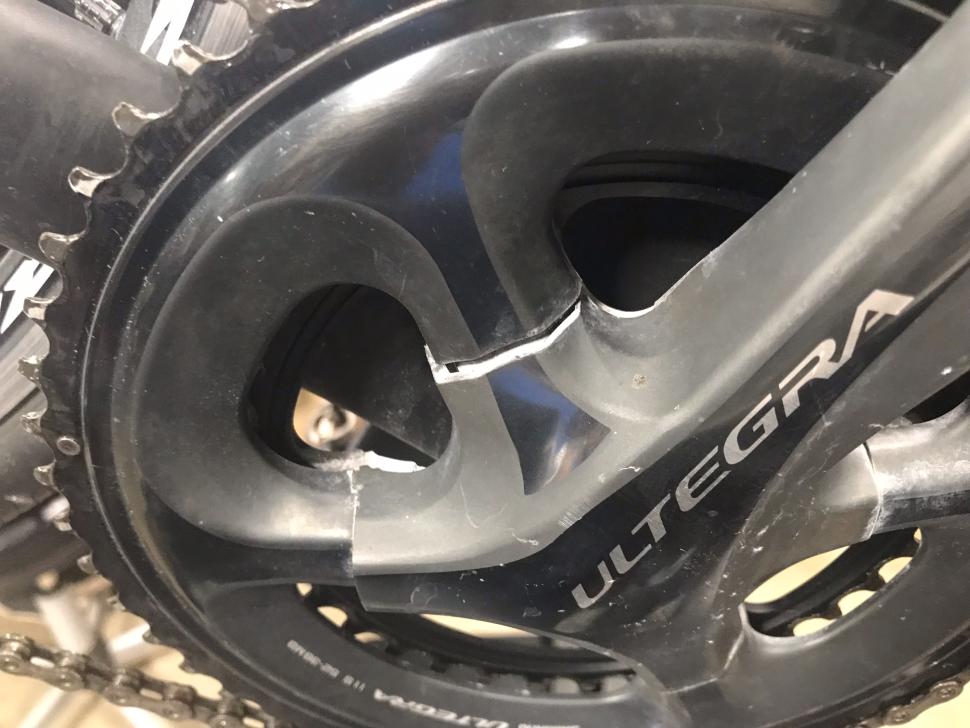
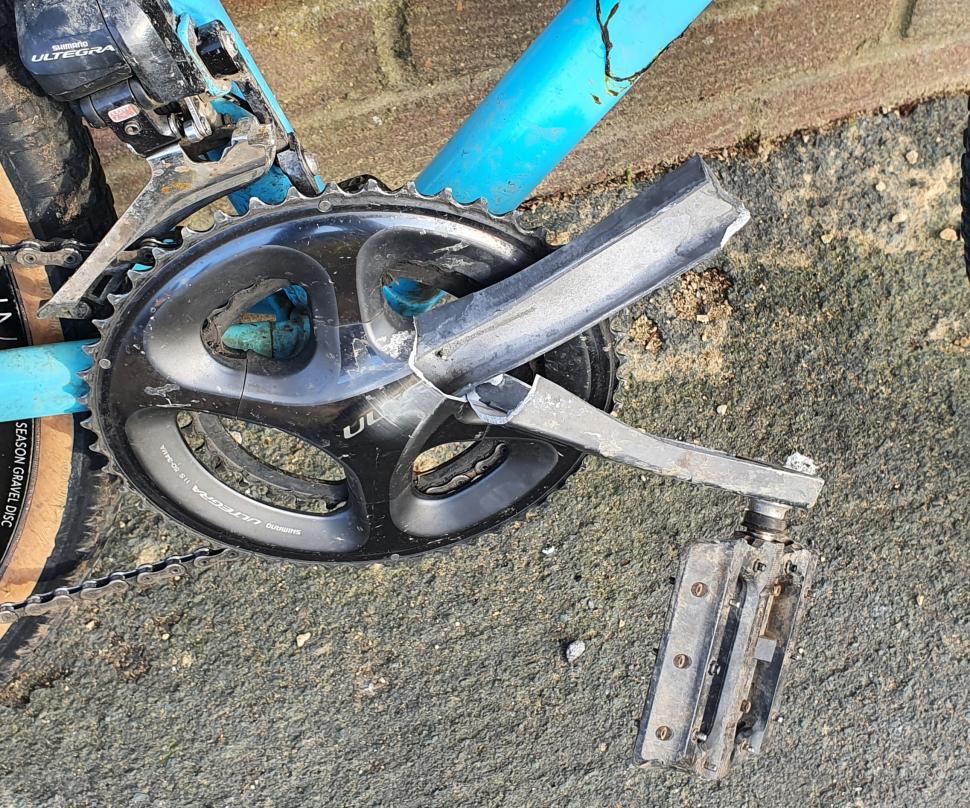


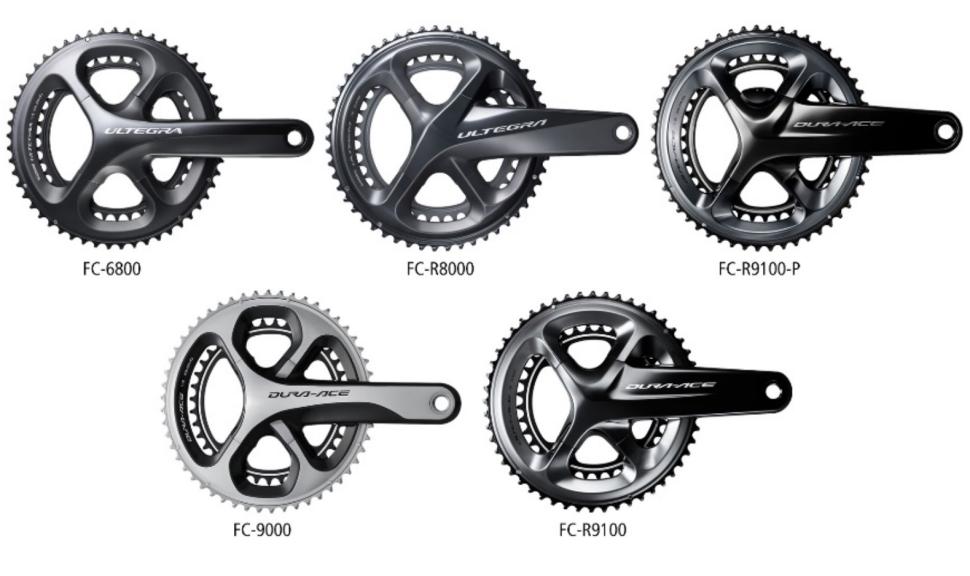
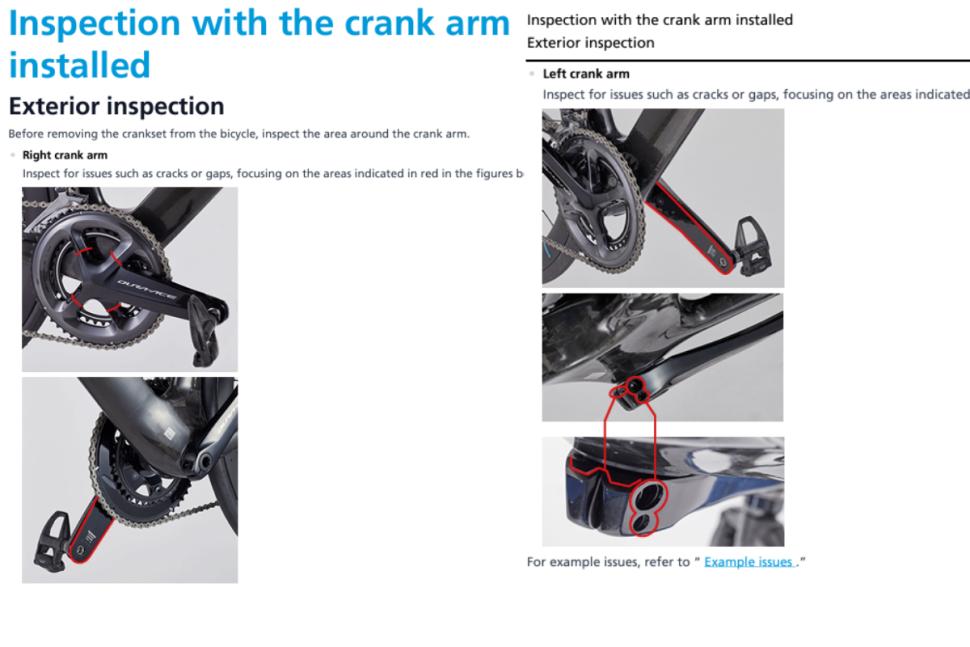


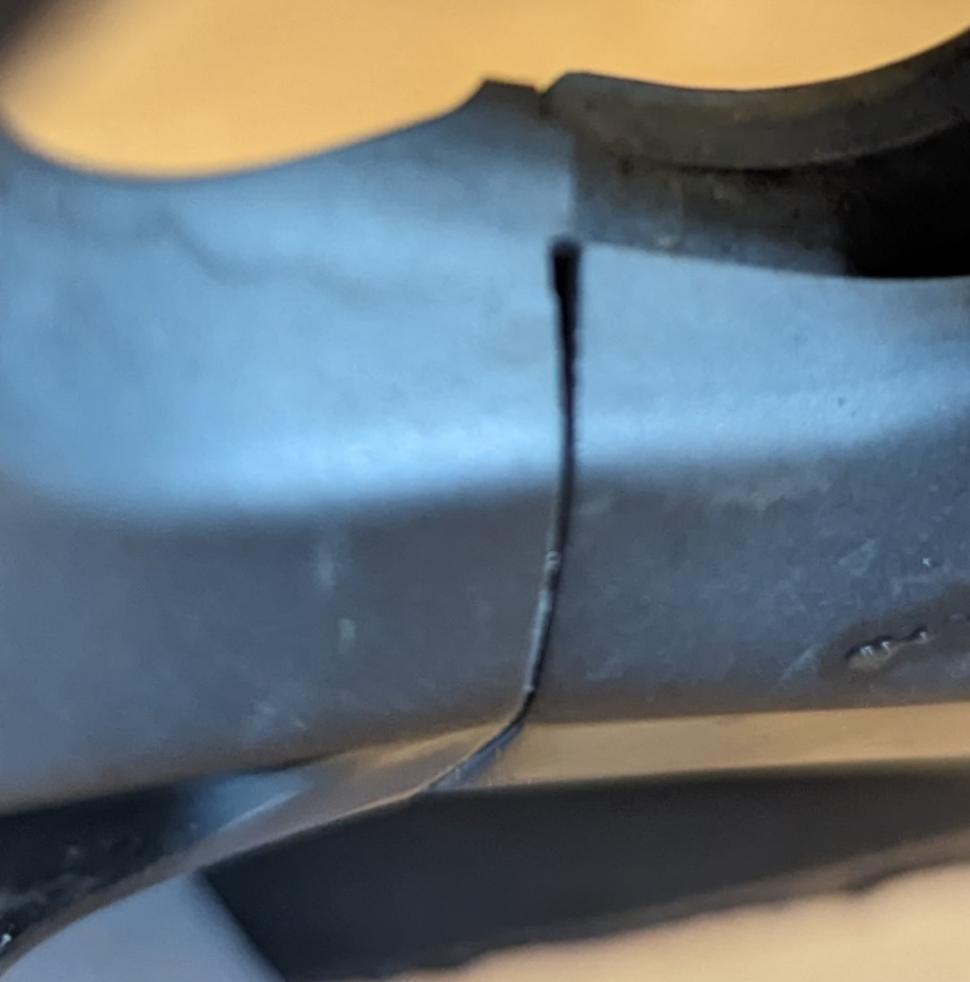

Add new comment
91 comments
Shimano should be ashamed. We spend a fortune and this how they replace a part that is faulty! I just bought the new Ultegra group set for a new frame- I now regret this. I hear in South Africa they not replacing the cranks as they stated they dont care and "no one can litigate". Shameful indeed!!! What a disgrace!
Have your parts given you problems? What does whoever you bought them from say?
Whilst I agree with you, you should check the model of your cranks against the list that Shimano has of the "faulty" ones. With any luck, your new ones should be unaffected i.e. after Shimano fixed their manufacturing issues. That may provide you a bit more confidence in your cranks, providing that Shimano's list is accurate.
I believe it covers:
11-speed Hollowtech II road cranksets that were produced between 1 June 2012 and 30 June 2019, covering these model numbers:
Ultegra FC-6800
Ultegra FC-R8000
Dura-Ace FC-9000
Dura-Ace FC-R9100
Dura-Ace FC-R9100-P
Those dates correspond to manufacturing codes KF through to RF stamped on the inside of the crank arm near the bottom.
https://bike.shimano.com/information/customer-services/corrective-action...
Shimano have produced a product that is not fit for purpose.
They have as good as admitted this in the US by agreeing to replace all such products. It would appear that they have only done this because the US is an extremely litigeous country and not because they care about the saftey of their customers.
If this concerns you then the answer is simple - boycot Shimano.
I switched to Shimano 105SC in the 7/8speed era - it worked well, in particular the indexed (downtube) gear change. It's finish was painted.I switched back to Campagnolo after a few years and the groupset had a beautiful polished aluminium finish.
As I believe Chris Boardman once said "The difference between Campagnolo & Shimano is Campag. will fit a steel washer which will never wear out and Shimano will fit a plastic one," (which will wear out and you won't be able to replace).
Campagnolo make stuff that is properly engineered and doesn't fail like Shimano. I believe at one time Campagnolo also made wheels for high performance cars and you really can't afford to have one of those fail. Put another way, if this was a car component it would be subject to a recall, no argument.
Ah! I hear you say, but Campagnolo is so expensive...
Many responses come to mind "Buy cheap, buy twice (or 3 or 4 times)" and my personal favourite, "people who haven't got a lot of money can't afford to buy cheap things" but really the question you should be asking is " how much do I value my personal safety / life?"
Finally a quote from Shimano's web site "We at Shimano are dedicated to supply high-quality and high-performance components for different types of bicycles " ......apparently not.
I wish I could agree with you but, after thirty years of Campag I switched to the others after both my 3-year-old gear/brake levers failed within six months of one another. Some of my friends are of the opinion that Campag's quality dropped markedly about ten years ago along with parts no longer being suitable for user repair.
I was sad to leave the Campag family but have had impeccable service from both SRAM and Shimano and have even run an Ultegra chainset for seven years without complaint.
As with all of life I guess there's an element of luck involved.
I had two SRAM Truvativ chainsets where the cranks detached themselves from the axle after a year in the one case and after a couple of months in the other. Never had any problems with Campagnolo or Shimano.
Also: Campagnolo will sell you replacement bearing cups, while Shimano will sell you new hubs.
In the US they are simply replacing all the affected cranksets. I wonder why? Because they have huge customer clout, that's why. Plus lawsuits in the $millions.
The EU have been utterly useless. They should demand the same treatment as the US, the market size is comparable. The UK could then hang onto the coat-tails of that.
Now we're free of the sclerotic beaurocratic monster that is the unelected European Commission, we should to tell Shimano to treat us the way the way we deserve to be treated, or else.
Absolutely classic example of how not to handle product quality cock-ups. Best news Campy and SRAM have had it years. I now where I'm taking my money...
What's particularly stupid is that by Shimano refusing to just do a proper recall of the cranks, they're dragging out the whole process and gaining themselves even more bad publicity.
Didn't you hear SRAM just had a recall for shifters falling off because of clamp bolts ?
I took my FC 6800 r/h crank in to my LBS earlier this year. I'd already replaced them so it was not on a bike. They kept it for a few days and pronounced it fine - nothing in writing. "Listen out for unusual noises and look for cracks" isn't what you pays your money for.
In other words download the doc and DIY.
Did you pay money to the shop for this? Really? Another shop to really avoid then...
It dosnt cost the customer anything
The shop gets paid by Shimano
It's what Shimano pay them for .
"Listen out for unusual noises and look for cracks"
Sounds a fairly reasonable approach. Bike parts do have a tendency to break eventually. It's worse when it's your bars or seatpost.
It seems the guidelines for the inspection are fairly thorough:
https://si.shimano.com/en/pdfs/dm/RAFC012/DM-RAFC012-00-ENG.pdf
The images imply that the cracks are mostly growing slowly, so that they could be caught by thorough visual inspection.
As thorough as they can be, there are a couple of caveats. 1) not all failures have happened slowly, there are a number of examples outside the ones used in Shimano's images from the general public where there were no obvious stress points, and no creaking prior to the failures occurring.
2)Some failures start from the inside meaning you would need specialist scanning equipment to see inside of a crank to be certain it won't imminently fail. Such equipment is not found in bike shops due to expense and size constraints, along with the training required to operate.
Not every case of imminent failure can be picked up through this method alone. Shimano also said that inspected cranks are unlikely to require re-inspeciton down the line unless changes are noticed, but not many people are noticing any warning signs.
In the automotive industry, even with the current reported failure rate, a safety recall would be much more robustly enforced by relevant Government agencies, even ones which have resulted in a lower rate of accidents and injuries per reported failures.
Shimano are also facing a class action lawsuit and significant pressure to replace every last remaining affected crank in North America.
Well, this does not mean the crank has not failed slowly, it just means these people did not notice any failure well before they finally did.
Has there been some authoritative declaration about the starting point/s of these failures? In terms of "inside" and "outside" you are referring to? For example, is galvanic corrosion the cause or effect of cracks and debonding?
This is an interesting question. I'd suspect that the debonding is the fundamental issue. This both weakens the crank and allows in water vapour (condenses in confined space) to facilitate the galvanic corrosion. Corrosion pits may then act as stress raisers to initiate fatigue cracks, exacerbated by the strength loss of the debonding and all happening out of sight. I guess none of this is helped by the limited factor of safety of lightweight kit.
I thought all cranks in the US were now routinely being replaced?
I could see why Shimano doesn't want to engage with a shop who aren't completing their side of the agreement to inspect these cranks. I can also see the issue the shop has with liability when being asked to do a job that they haven't really got the equipment and expertise to perform. Yes they could refuse the contract but, if they were to do this then they'd likely lose business for other services because.
The situation could be resolved for the if Shimano provided a very proscribed testing SOP which results in a limited statement of fact with no opinion offered. eg. Q. Are there visible marks in this region? y/n. This wouldn't however give any real assurance to the customer so would still be a cop out.
Shimano seem to have a really-couldn't-care-less attitude to UK customers; mugs who bought a known bad design? Certainly treated with disrespect compared to US riders - with the non-recall for the UK, of cranks with a known failure mode, they're seemingly happy to see more riders injured, and put at continued perhaps fatal risk.
105 owners be thinking... 'Yeah weight weenie karma b*tch!'
Nope. Not everyone is a sociopathic clown.
These cranks are obviously not fit for purpose and should all be replaced, Mapdec are taking the right approach and the funding pays for their labour and shipping.
Pages